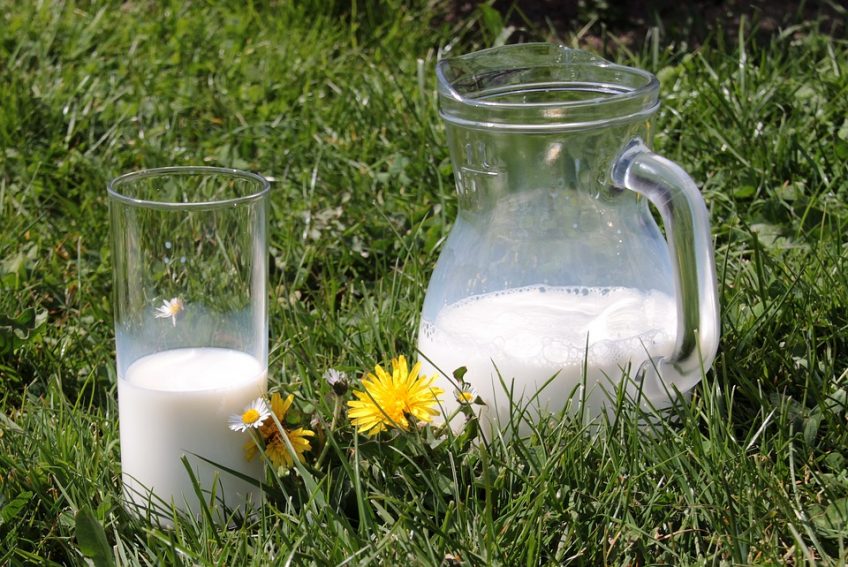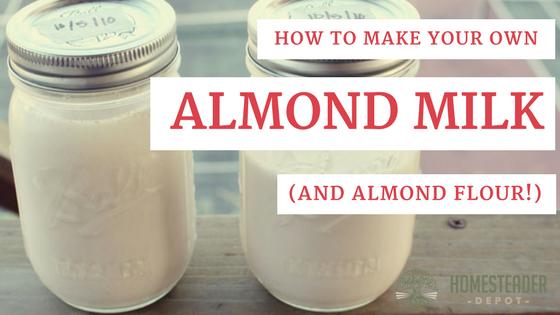
Probably the primary appeal of having a family cow is the delicious, nutritious and plentiful milk you can get from her. Raw milk, meaning fresh, unpasteurized milk, has many more beneficial enzymes and bacteria than store-bought milk.
But it is important to handle it safely to maintain optimum freshness and sanitation. This is particularly important if you plan on selling your raw milk. If you want to sell your milk, make sure to check your local laws. In some states, it is highly illegal to sell raw milk. In other places, there may be certain restrictions. But even if you just want to share with friends and family or just keep it yourself, it’s always best to use safe, clean practices to maintain the quality, nutritional content, and longevity of the milk.
Here is a simple guide to safe raw milk practices:
1. Prepare your milking area
You will want to have a proper set-up for milking. It doesn’t need to be anything fancy, but a dry, covered area, with a place to tie up your cow and feed her as well as space to comfortably sit by her, is probably all you need. You will also want a place that will either have a sink or be in close proximity to the area where you will clean your milking equipment.
2. Have the right Equipment
Again you won’t need anything fancy, but a good, stainless steel bucket for milking is ideal, especially with a top to keep the milk protected. Stainless steel is easier to clean than plastic and will withstand possible kicks from a grumpy or restless cow. You may also want some soft, cotton rags to wipe the teat while milking.
 3. Sanitize
3. Sanitize
Before milking, you will want to make sure you have properly washed your bucket, hands, and cow’s teat thoroughly. Some people use a small amount of bleach, but hot water and soap should be sufficient.
4. Practice
When you first start milking, it might take some practice to keep the milk clean. You are ultimately trying to keep the milk from getting any debris like manure or dirt in it, so if that happens, you won’t want to drink that milk. You can give it to your other animals.
5. Strain the milk
You can use a coffee filter, fine mesh strainer, or strainer made specifically for milk, but the idea is to get out as much debris as you can.
6. Cool the milk
As soon as you are done milking, you will want to cool your milk as quickly as possible. Some people even keep reusable ice packs at the bottom of their bucket. When your milk is strained into the bottles or jars you want to use (which should be properly cleaned and sanitized first as well), put them in the freezer for an hour-set the timer so you don’t forget about them! And then transfer to the fridge. You can now use as you would any other milk, although because it is raw it might not last as long, but it’s so delicious that might not be a problem for your family!
If you liked this, you might also enjoy…
Natural Healing Techniques Doctors Don’t Want You to Know…
The Ultimate Woodworking Course..






